The Dichondra ‘Silver Falls’ is a wonderful wandering plant that stands out in any environment. With the ability to cascade and creep, this herbaceous perennial plant has become a favourite for beginner and expert growers alike.
The silvery-green, creeping foliage is what has popularised this plant and is why it has garnered global admiration. Offering a healthy mix of practical and striking applications in gardens and households, this is a great choice for those looking for a carefree, easy to grow plant.
More...
Genus: | Dichondra |
|---|---|
Species: | D. argentea |
Cultivar: | ‘Silver Falls’ |
Family: | Convolvulaceae |
Common Names: | Dichondra, Kidney Weed, Silver Nickel Vine |
Location: | Indoor or outdoor |
Type: | Herbaceous plant, vine |
Growth: | Height 6 to 12 centimetres / Width 1+ metres |
Sun requirements: | Full sun to part-shade |
Foliage Colour: | Green/Silver |
Flower Colour: | Yellow, green or white (very small flowers) |
Flowering: | Spring |
Maintenance level: | Low |
Poisonous for pets: | Non-toxic to cats and dogs |
Dichondra ‘Silver Falls’ Plant Details
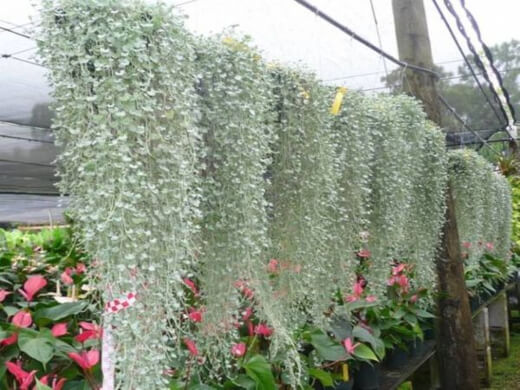
Source: bluedale.com.au
Dichondra argentea ‘Silver Falls’ originates from Central North America where it thrives in a temperate and almost tropical climate. It forms a part of the Convolvulaceae family and can be recognised by its soft, small silver-grey lobed leaves and tendril-like foliage.
Growing to be about 10 centimetres in height and between 1.5 to 2 metres in width, this trailing plant is fast-growing and very hardy once established.
With practical uses such as ground cover for your garden, used as a feature hanging plant or used as a cascading potted plant flowing from the edges, the Dichondra ‘Silver Falls’ will never disappoint.
Be sure to see our main Dichondra post to discover more varieties you can choose from.
Dichondra argentea Companion Plants
Offering such a stylish contrast in its silvery-green foliage, this plant can look great around other vibrant annual flowers and dark-leaved plants. Some excellent options for companion plants include:
- Agave ‘Blue Glow’
- Liriope muscari 'Evergreen Giant'
- Cordyline australis ‘Red Star’
How to Grow Dichondra ‘Silver Falls’
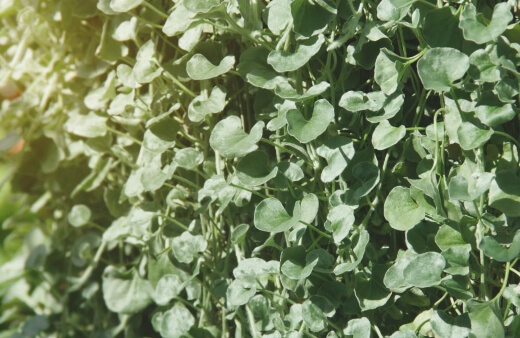
This plant isn’t too fussy and can be grown in your garden bed or potted on a plant stand or hanging basket for indoor and outdoor use. These plants love the sun so make sure that wherever you place your Dichondra ‘Silver Falls’, it must receive some direct sunlight each day.
Due to its low-growing and creeping nature, this plant looks best given some room to spread and weave itself around other plants and ornaments in the garden.
Growing Dichondra ‘Silver Falls’
As hardy as this evergreen is, it does require a few basic growing conditions to establish itself. Once it has matured, the Dichondra ‘Silver Falls’ is incredibly resistant and does not require much care and upkeep.
They can be planted at almost any time of the year and can be planted both outside and inside. There are a few factors to consider before planting your Silver Falls, which include:
What Soil to Use
This plant prefers well-draining soils. Try choosing a potting mix with good drainage or a stony compost mixed with coarse soil. An ideal soil texture would be a loamy and sandy soil mix.
For indoor use, a light soil mix with good drainage is best.


Get Your Free Guide:
Master Growing Australian Natives eBook
A Must Have Complete Guide for Every Australian Garden
Get Your Free Guide:
Master Growing Australian Natives eBook
A Must Have Complete Guide for Every Australian Garden
Sunlight & Placement
Used outdoors, the Dichondra ‘Silver Falls’ makes a great ground cover or trailing plant. It will thrive in partial to full sun locations and can also be planted in hanging baskets where, as it matures, it will form a cascading and weeping effect.
These plants can also be used as excellent modern houseplants indoors. Again, planting in hanging baskets or tall pots will allow the plant to cascade and hang which can add drama and intrigue to any living space.
It is important that you place the plant in a well-lit location inside that receives some dappled direct sunlight throughout the day.
Watering Silver Falls Plant
Initially once planted, the Dichondra ‘Silver Falls’ will need a little extra water to establish itself. Once matured, they do prefer warm and dry growing conditions where they are very tolerant to heat and mild drought.
It is recommended to water them about once per week and a little more in warmer months.
Dichondra ‘Silver Falls’ Propagation
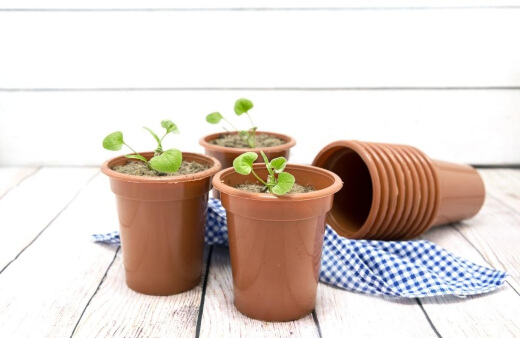
These plants are propagated best by seed. Sowing your seeds during spring is recommended as ideal temperatures for germination are around 21°C during the day and around 10°C at night. Germination can occur within 7 to 14 days depending on the environmental factors.
Most growers do tend to prefer buying a healthy plant from their local nursery but if you should be interested in growing your own Dichondra ‘Silver Falls’ from seed, here are the steps you can follow:
- Place your seeds in your growing container and lightly cover them with your potting mix.
- Keep your container in a warm and humid location indoors.
- Keep the soil moist until the seeds have started to sprout and emerge from the soil.
- Germination can occur within a couple of weeks.
How to Plant Dichondra ‘Silver Falls’
Now that you know where your Dichondra ‘Silver Falls’ will thrive in your home or garden, it’s time to plant.
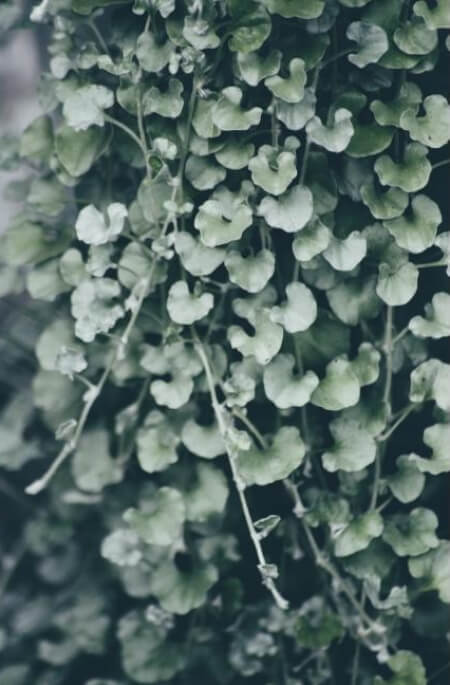
Planting Dichondra argentea in the Garden
Try choosing a well-drained spot in your garden that gets full sun to part shade. You can optionally prepare the soil by adding some organic compost or a general slow-release fertiliser.
For use as ground cover, plant the seeds or plants 30 centimetres apart.
- Dig your planting hole about twice as wide and to the same depth as the root ball. Slightly loosen the soil at the bottom of the hole.
- Gently remove your plant from its container and carefully tousle the roots loose.
- Position the Silver Falls plant in the hole and backfill with your soil, gently firming the soil with your hands.
- You can optionally build a raised ring around your plant to help focus the water where it is needed most.
- Water well once planted. (Check out our guide on the best water for plants in Australia.)
Planting Dichondra ‘Silver Falls’ in a Pot
Choose a container or pot that is at least 30 centimetres wide and that is well-draining.
- Gently remove the plant from its container and tousle the roots loose.
- Position the plant in your pot where the plant crown is at the soil level.
- Backfill with your potting soil gently firming down.
- Water well once planted.
Silver Falls Plant Care Tips
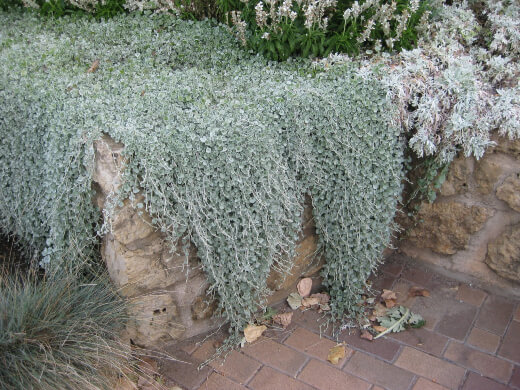
Source: rotarybotanicalgardens.org
Even though these plants don’t require much care and maintenance once established, there are a few things to consider when growing and caring for your Dichondra ‘Silver Falls’.
- The plant only requires infrequent watering once matured. Avoid overwatering this plant as it does not like wet feet. You can allow the soil to dry out before watering the plant again.
- In warmer months with little rainfall, you can consider slightly increasing your watering frequency.
- For stronger, denser growth, grow in full sun.
- Pruning can be done during spring to keep the plant in shape. During this same period, you can choose to add a general slow-release fertiliser. (For the best pruning shears, check our buying guide here.)
- Once fully grown, the Silver Falls will be able to tolerate coastal, frost and dry conditions.
Dichondra ‘Silver Falls’ Pests, Problems & Diseases
These tough evergreens are particularly resistant to insects, diseases and other problems. Therefore, there are no major issues that your Dichondra ‘Silver Falls’ should suffer from.
The only problem it could face is root rot where the plant is being overwatered and the roots are sitting wet. If you notice the stem of the plant beginning to darken and wilt, cut back on watering and let the soil dry out. Water the plant less frequently and it should recover.
Dichondra ‘Silver Falls’ FAQs
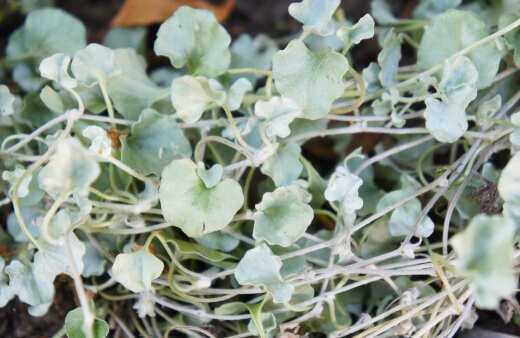
Do you trim silver falls plant?
Grown in the right conditions, this plant will thrive and grow vigorously. Therefore, you can trim it back as needed to keep the shape or encourage new growth.
Why is my silver falls plant dying?
Overwatering can be an issue for this perennial plant. Overwatering can create root problems as well as leaf loss. If you notice the leaves towards the soil are collapsing or falling off, cut back on your watering frequency and allow the soil to dry out more before watering.
Can Dichondra ‘Silver Falls’ grow inside?
As long as the plant still gets a decent amount of warm, direct sunlight each day, the plant can thrive indoors as well.
Is ‘Silver Falls’ poisonous?
Although it is classified as non-toxic, the ‘Silver Falls’ can cause minor oral irritation if ingested.
Looking for more plants with silvery foliage? Check out our detailed guide to growing Olearia axillaris in your garden.
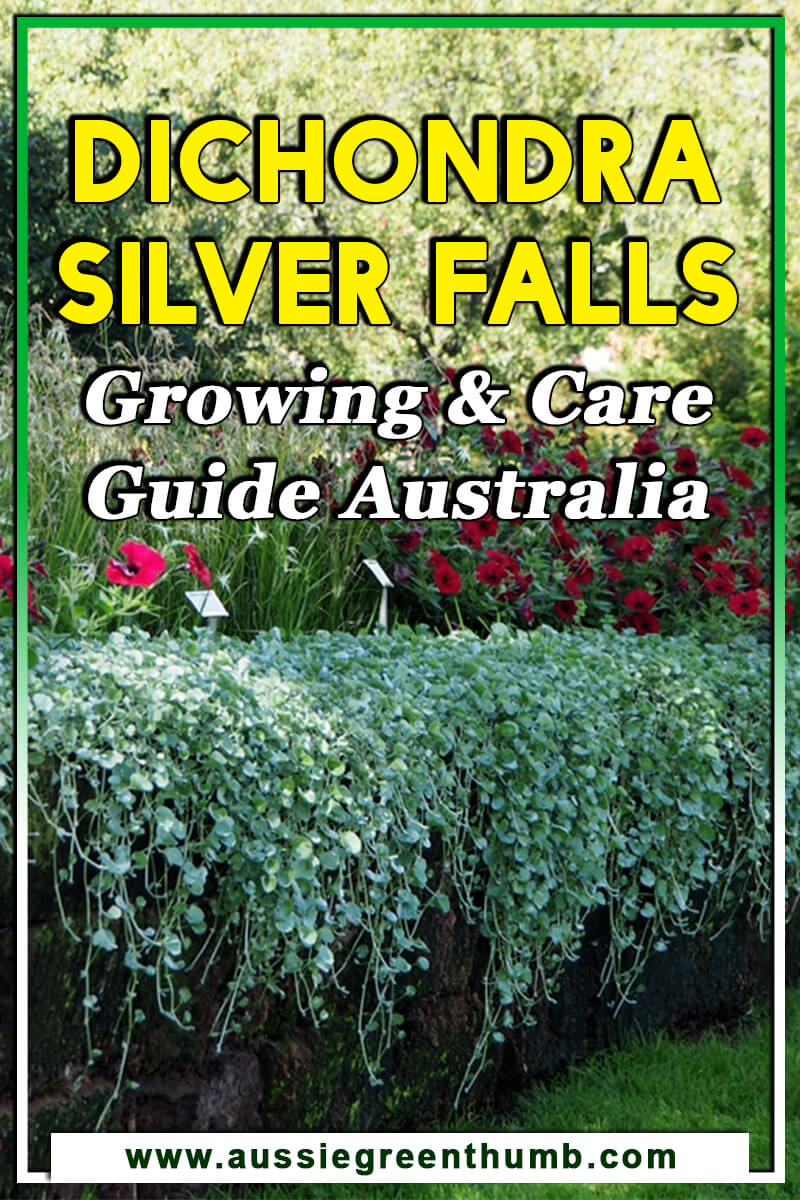
Spruce Up Your Home with the Dichondra ‘Silver Falls’
Shimmering with unique silvery foliage and easy to grow and maintain, this tough perennial plant is a great addition to any garden or living space. Planted underneath other luscious plants as ground cover in the garden or hung from baskets to create silvery drapes, this plant can add wispy spectacle anywhere.
With both practical and sensational applications, the Dichondra ‘Silver Falls’ is a must-have for those looking at sprucing up their homes or gardens with a stunning, easy-going plant.
Published on March 11, 2022 by Lorri Hopkins
Last Updated on January 21, 2025




